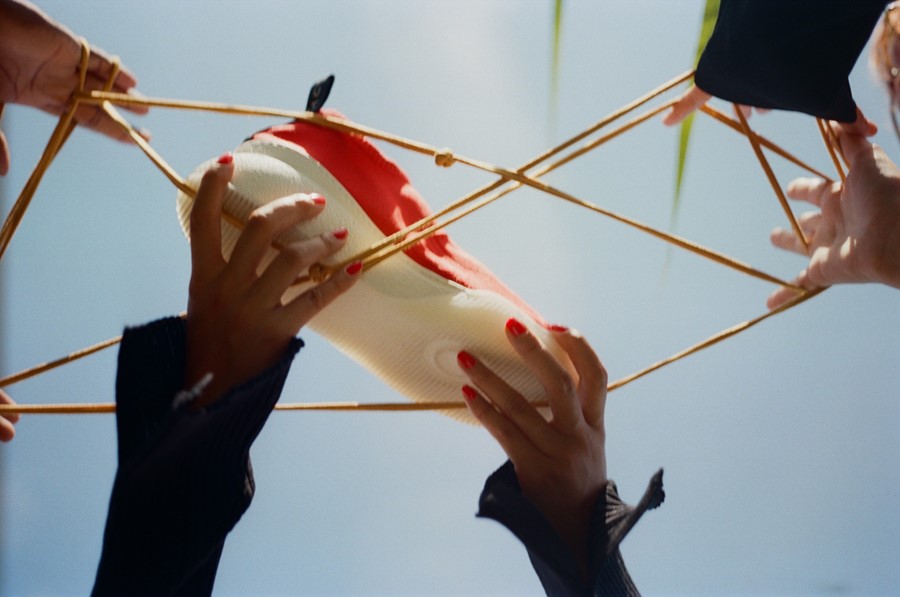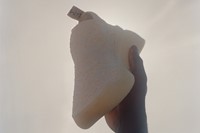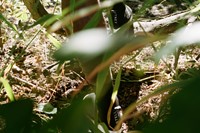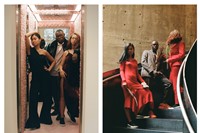The Earth-focused artist collective presents a fresh take on the British designer’s recyclable new style
Stella McCartneyDisbanding the idea that eco-friendliness means hemp trousers, matted beards and (God forbid) poi once and for all is The Earth Issue, a collective of artists and creatives that align art and environmentalism through exhibitions, talks, collaborative projects and publications (printed on 100-per-cent recycled paper with soy-based and vegetable inks, of course). Their raison d’être – to create from a place “in harmony with nature without having to disregard your creative freedom” – chimes beautifully with the broader ideas around the Stella McCartney Loop sneakers, which are created using materials and processes which mean that every component is recyclable.
“If you’re going to make a shoe, something physical that people can ‘engage’ with, be a part of and wear – make it as sustainably as possible,” says The Earth Issue founder and creative director Elena Cremona, who created a series of images inspired by the trainers with stylist Isabelle Landicho. “Ethical fashion has a bad rep aesthetically,” Landicho continues. “What Stella McCartney has done with the Loop Sneaker and with her brand is make sustainability cool.” Here, as immersive new space The Loop Lab opens at Stella McCartney’s Bond Street store in order to further investigate the new style’s innovative construction, Cremona and Landicho talk to us about balancing the urban and the natural, how to enjoy fashion ethically, and why we shouldn’t take life “so bloody serious”.
On shooting in Hackney Marshes…
Elena Cremona: “It felt silly to me to try and advertise a shoe based on the concept of sustainability and not include elements of nature. We are not apart from nature, but a part of it, which is why I felt the intrinsic need to shoot in Hackney Marshes. We need to learn how to live in balance with nature – with it, rather than against it. We can’t fight living in a city, but we can make sure to live in connection with it and nature, and not push one element to the side only to make room for more concrete and essentially, just death.”
On the importance of playfulness in conversations about sustainability…
EC: “We shouldn’t take life so bloody serious. Yes, create a sustainable future, but do that with yourself first. I always say, if you have love for yourself, you should have love for the planet too. You don’t need to go crazy about it and defend your point to the brink of exhaustion. Have some fun with it, be a child sometimes.”
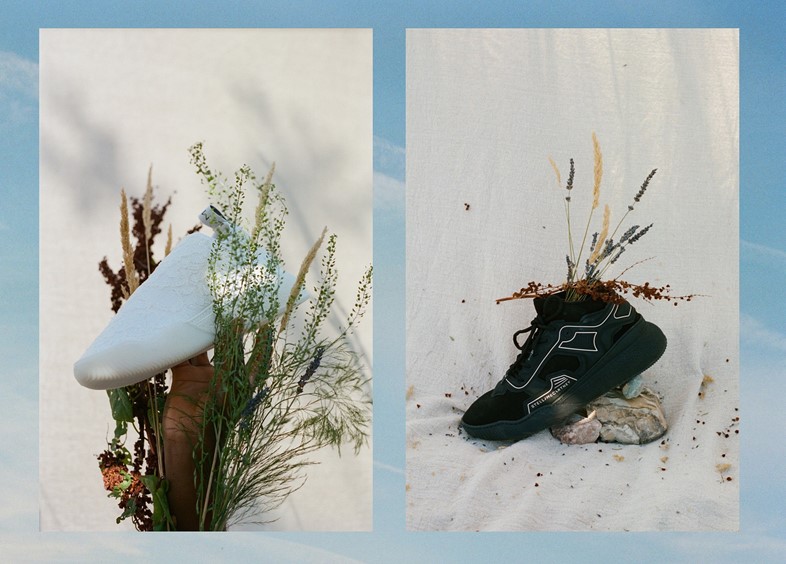
On the main sustainability issues in fashion…
Isabelle Landicho: “The business model we are operating in is flawed: we’re working in a cradle-to-grave structure which has huge environmental implications. We need to introduce a circular economy – a regenerative system in which resources are reused and restored by design, thus decreasing negative impacts. The Loop sneaker is definitely a product that adopts the spirit of circular design and slow fashion at its core; taking 18 months to think up, it’s a beautiful shoe and the first of its kind.
“Another issue the fashion industry faces is the unethical treatment of garment workers: it’s deeply unjust that people from developing countries are forced to work the hours they do and to receive meagre wages in often unsafe working environments in order to meet the fast fashion demands of the western world. What people don’t realise is that the top you picked up for a fiver from the high street comes with a hefty price tag, environmentally and morally.”
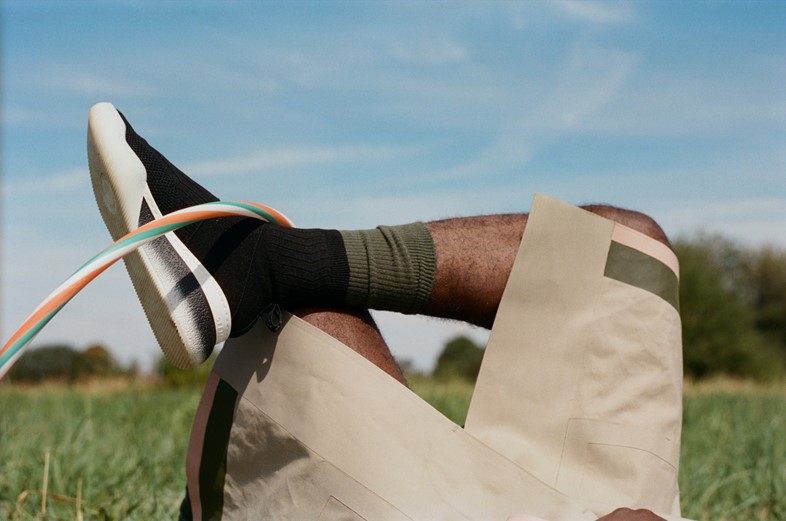
On engaging with fashion ethically...
IL: “It’s a lot easier than people think! Buy secondhand from vintage or charity shops; research the brand before you buy – a good app for this is Good on You; mend your clothes instead of buying new ones and shop from ethical or independent designers. If people spend a little bit more on higher quality and responsibly sourced clothing, they’re more inclined to look after it better and keep it for longer. We also have to demand more from fashion retailers: email or call them out on social media about their ethical and environmental conduct. We need more conversation and transparency about where our clothes come from.”
On the importance of creativity in raising awareness about the environment…
EC: “Art triggers an emotional response, and it comes from an emotional response. It’s the truest form of self-expression. It has the ability to influence the viewer’s mind in a way that no other medium can. It teaches about the issue presented in a visual manner. How much can you really be inspired by scientific data, climate change statistics and so on? It’s bewildering. Art speaks a million languages and triggers a million different responses.”

The Loop sneaker is available now.
